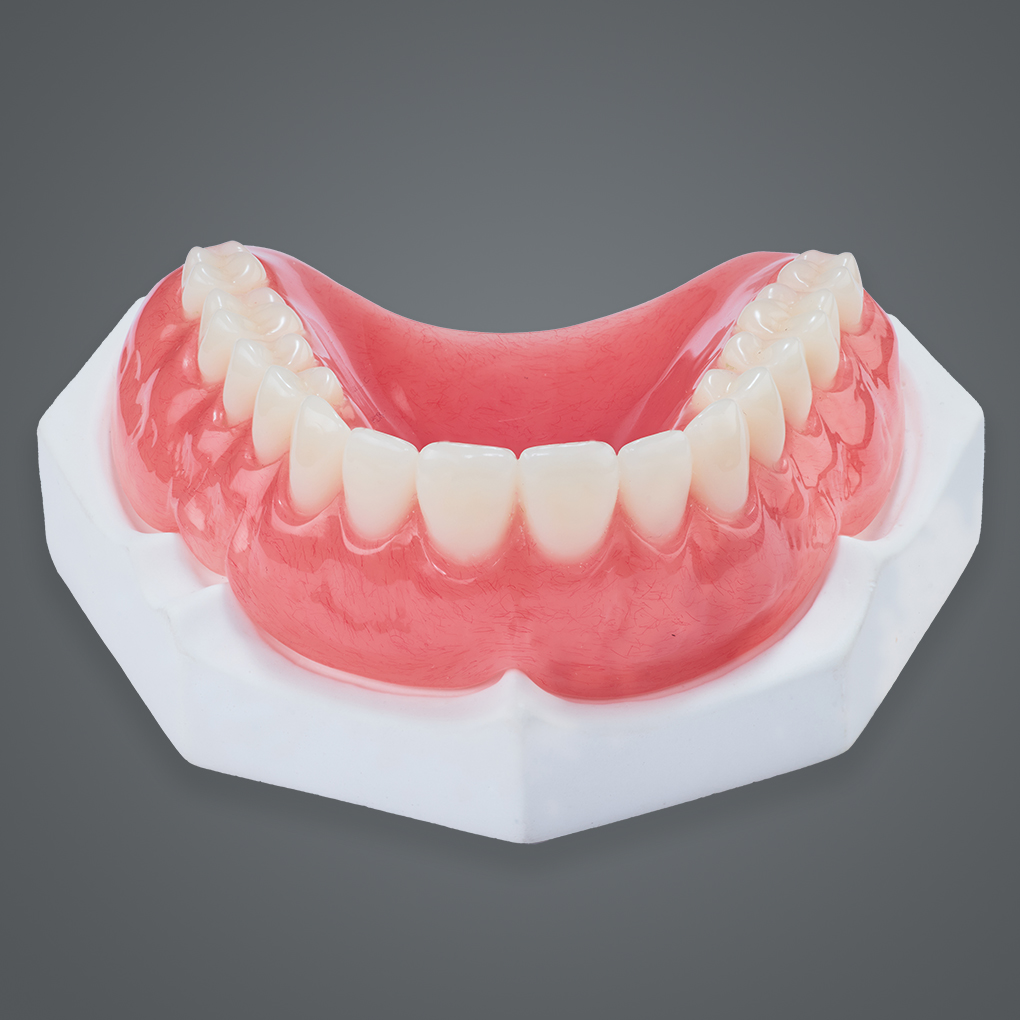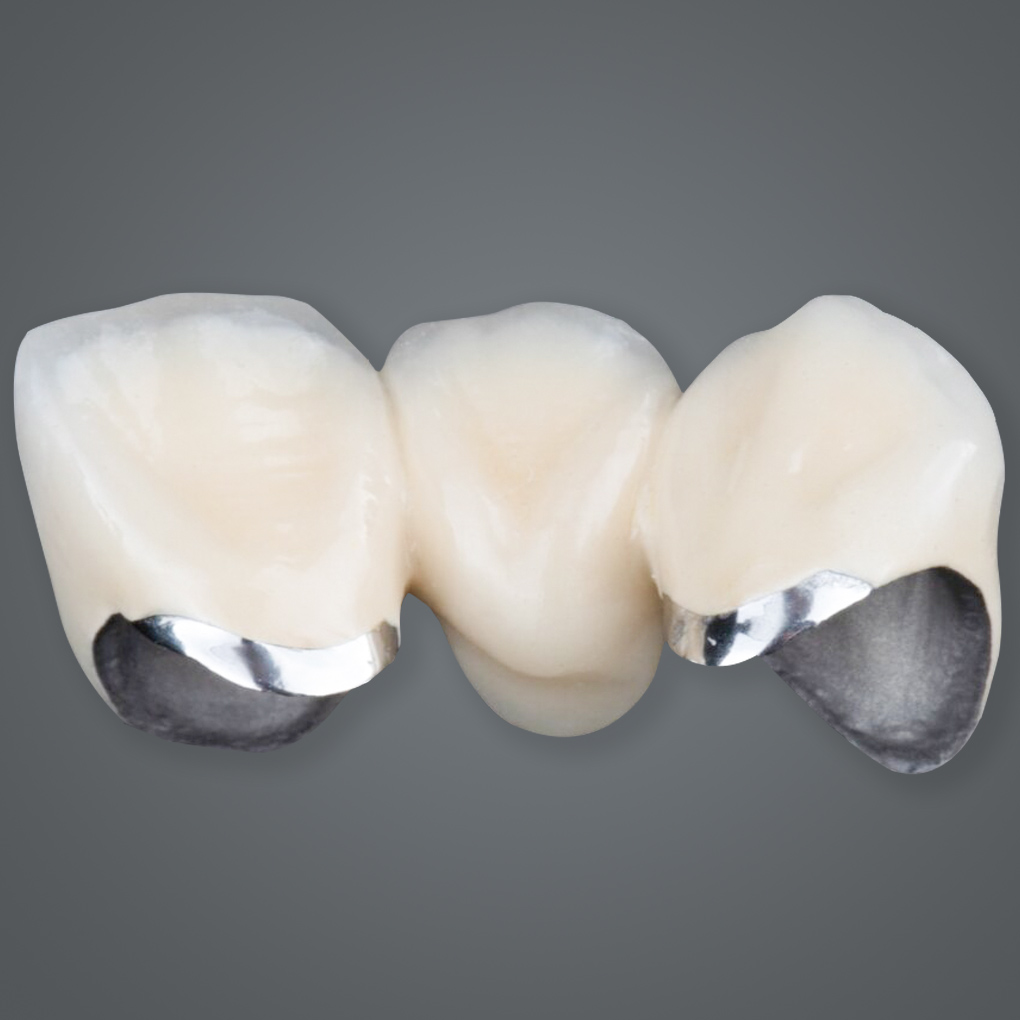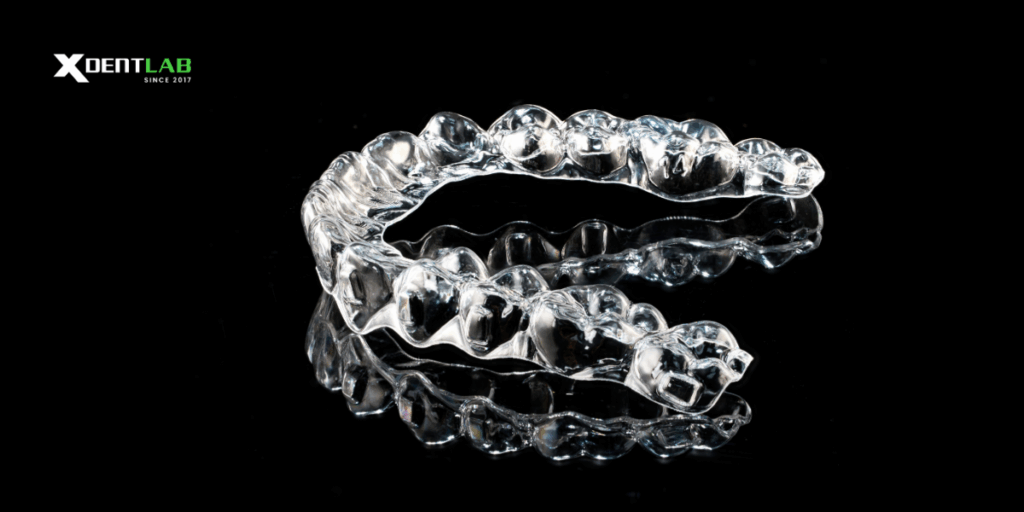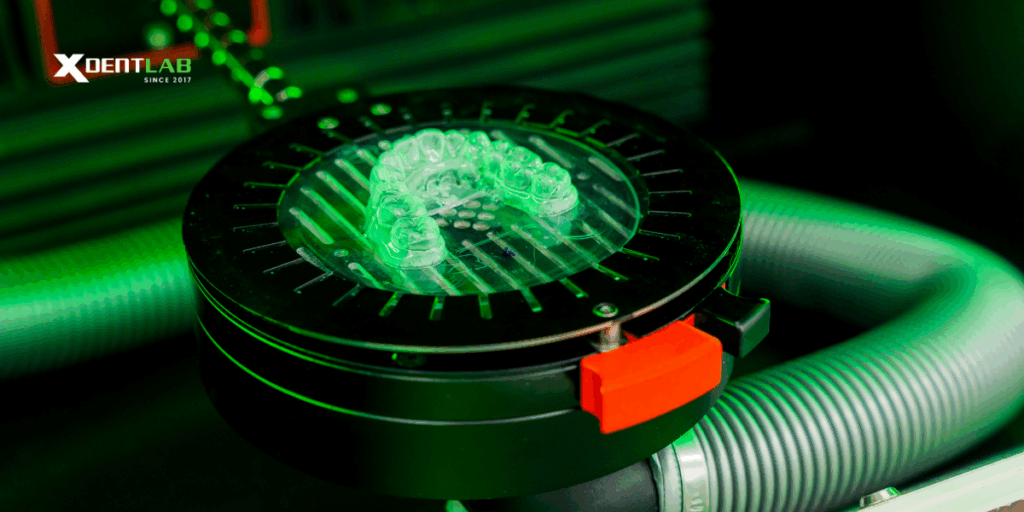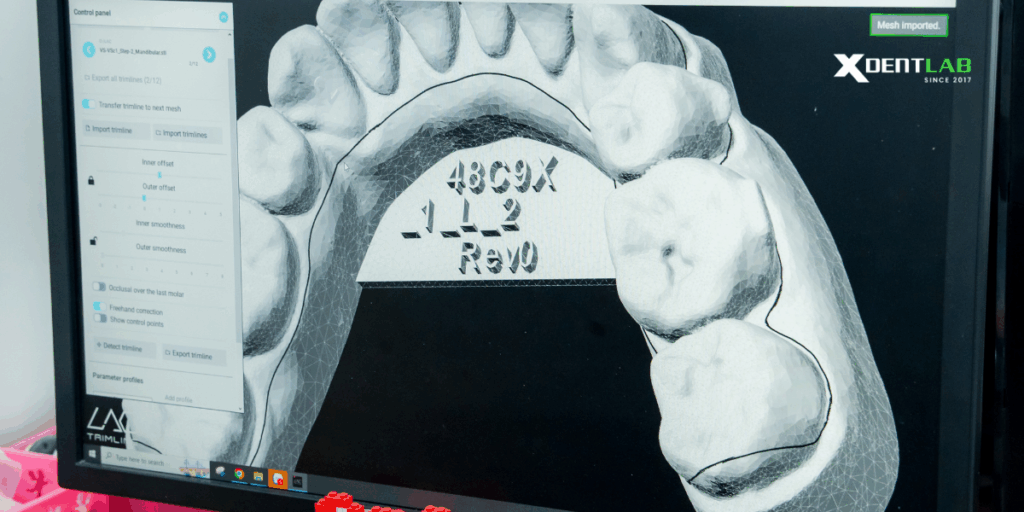Clear aligners have revolutionized orthodontic treatment by offering patients a discreet and convenient alternative to braces. As demand increases, dental labs are under growing pressure about clear aligner quality to ensure precise tooth movement, patient comfort, and aesthetic appeal.
But what exactly defines clear aligner quality from a lab’s perspective? This article breaks down the technical criteria that dental labs and technicians must meet to consistently produce aligners that pass clinical standards and exceed client expectations.
Contents
1. Model Accuracy and Digital Design Integrity
Clear aligner quality starts with the accuracy of the digital workflow. From intraoral scans to printed models, every stage must preserve the exact tooth anatomy to guarantee fit and function.
Quality checkpoints:
- High-resolution intraoral or desktop scanning with regular calibration.
- STL files with clean mesh, no artifacts, and full arch capture.
- 3D printed models with tolerance within ±100 microns.
A misaligned digital model can result in poor fit, discomfort, and compromised treatment outcomes.
2. Thermoforming Standards and Material Control
Thermoforming is a critical step that directly affects the aligner’s strength, flexibility, and fit. Inconsistent pressure or temperature can result in warping, thin spots, or internal stress lines.
Best practices:
- Use of medical-grade, FDA-Approved thermoplastic materials.
- Controlled heating within the material’s specified range (usually 160–200°C).
- Even pressure and cooling during forming to ensure tight adaptation to the model.
3. Optical Clarity and Aesthetic Appearance
Patients choose clear aligners for their invisible appearance, so transparency is non-negotiable. A truly high-quality aligner should be virtually undetectable in the mouth.
Key criteria:
- High light transmission (>90%) without haze or cloudiness.
- No air bubbles, stretch marks, or stress whitening after forming.
- UV resistance to prevent yellowing during wear.
Dental labs should perform light transmission tests on samples and ensure raw material storage is protected from humidity and sunlight.
4. Edge Trimming and Finishing
Edge quality is a small detail with big consequences.
Technical standards:
- Trimming follows either a scalloped or straight-line pattern based on doctor’s request.
- Laser Aligner Cutting or manual cutting must be consistent across all trays.
- Edges are smoothed with rotary polishers or finishing tools to prevent sharp areas.
Poorly finished aligner edges can cause patient discomfort, mucosal irritation, irritate the gums, cause ulcers and negative treatment reviews. Edge finishing is where craftsmanship truly defines clear aligner quality. A smooth edge ensures better patient compliance and comfort.
5. Fit Accuracy and Attachment Template Precision
Fit is the foundation of aligner function. Clear aligners must hug the teeth tightly, especially around attachments, to apply the correct force.
What labs should check:
- Passive fit over the model with no gaps larger than 0.1 mm.
- Accurate positioning and shape of attachment cutouts in the template.
- Retention tests using insertion/removal on the printed model.
A poor fit leads to unpredictable movements, affecting treatment outcomes.
6. Clear Aligner Quality Performance
A clear aligner is only effective if it delivers the right force to move teeth gradually and safely. The mechanical properties of the aligner must be carefully controlled.
Essential criteria:
- Uniform thickness (typically 0.75–1.0 mm depending on case requirements).
- Predictable elasticity to deliver 0.25–0.5 N of force per tooth.
- Verification using software simulation (FEA) or lab bench testing.
Misapplied force can cause discomfort or damage to periodontal tissues.
7. Cleanliness, Packaging, and Traceability
A high-quality aligner isn’t just about the fit and clarity, it’s also about the final presentation and documentation. These elements reflect the professionalism of the lab.
Standards to maintain:
- Cleaned using ultrasonic baths or antibacterial wipes before packaging.
- Sealed with clear labeling (patient ID, stage number, production date).
- Batch tracking system for quality control and recall management if needed.
Clear aligner quality is not subjective. It is the outcome of consistent adherence to measurable technical standards, precise craftsmanship, and a well-managed production workflow.
At XDENT LAB, we specialize in helping dental labs and orthodontic providers scale their clear aligner offerings with confidence. Our production workflow is built around rigorous quality control, advanced CAD/CAM systems, and experienced technicians.
Partner with XDENT LAB and elevate your clear aligner production.
Learn more:


